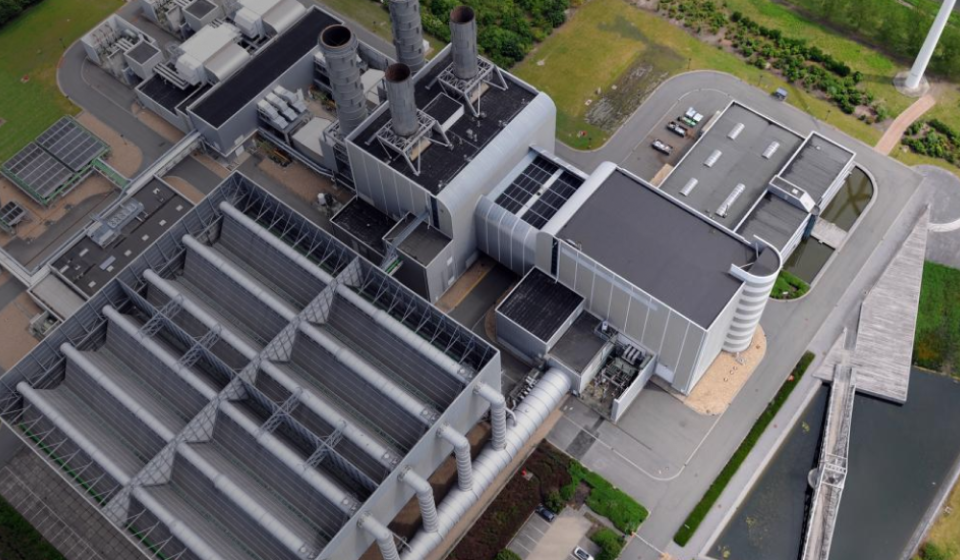Energy production
The balanced energy mix is a key element in our strategy. It is the obvious answer to the various challenges with respect to the environment, economy and energy:
- Supplying and delivering energy at competitive prices
- Providing a stable electricity supply, irrespective of weather conditions
- Limiting CO2-emissions
- Compensating for the fluctuating availability of some green technologies (wind turbines only run when it’s windy; solar panels only provide energy when the sun shines).
ENGIE aims to consolidate its position as an innovative green energy producer and continues to invest in renewable energies. ENGIE wishes to further expand its wind capacity and realise 1,000 MW by 2030. When it comes to solar power, ENGIE aims to have installed 300 MW by the end of 2030.
ENGIE has in Belgium a local, diversified and flexible production park with one of the lowest CO2 emission values in Europe. Discover our production units here.
Company visits
Since 2017, company visits are no longer organized. Click here for more information or to take a virtual tour around our power stations.

Renewable energy
Renewable energies are the key to meeting the energy challenges of the future while respecting our planet. This is why ENGIE is developing sustainable and innovative solutions to provide clean and renewable energy.

Flexible production
Flexible production involves the use of innovative technologies such as gas-fired power plants, battery energy storage systems and hydrogen production technologies. These technologies can be used to meet fluctuations in energy demand, compensate for the intermittency of renewable energies, and ensure the stability of the electricity grid.

Nuclear energy
Belgium has 7 nuclear power plants: 4 in Doel and 3 in Tihange. The 5 operational Belgian nuclear power plants together produce about a third of the country's total electricity consumption, without CO₂ emissions. Nuclear energy is important for Belgium, for guaranteeing the electricity supply 7 days a week and 24 hours a day, for achieving the climate objectives, for the competitiveness of electricity prices and for local employment.